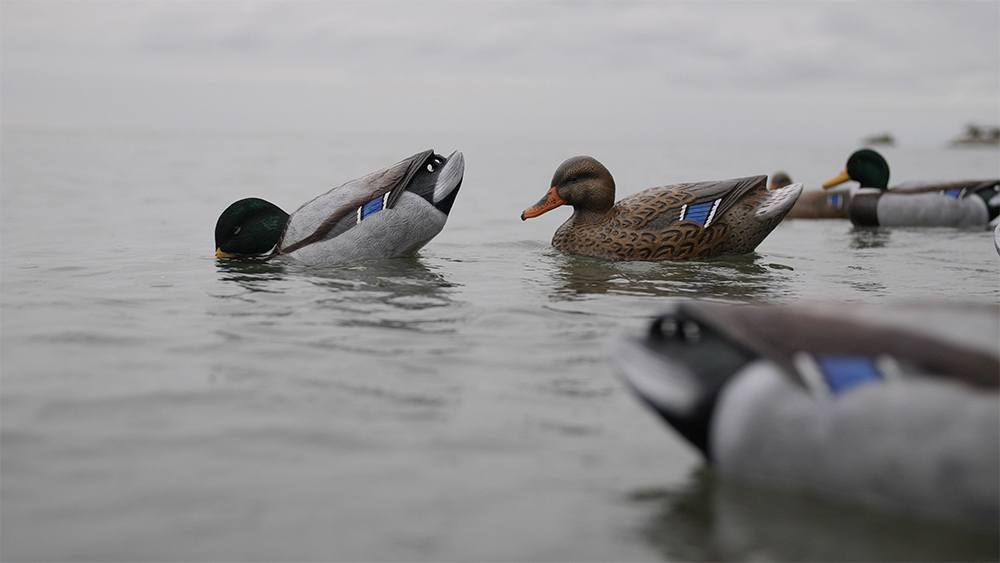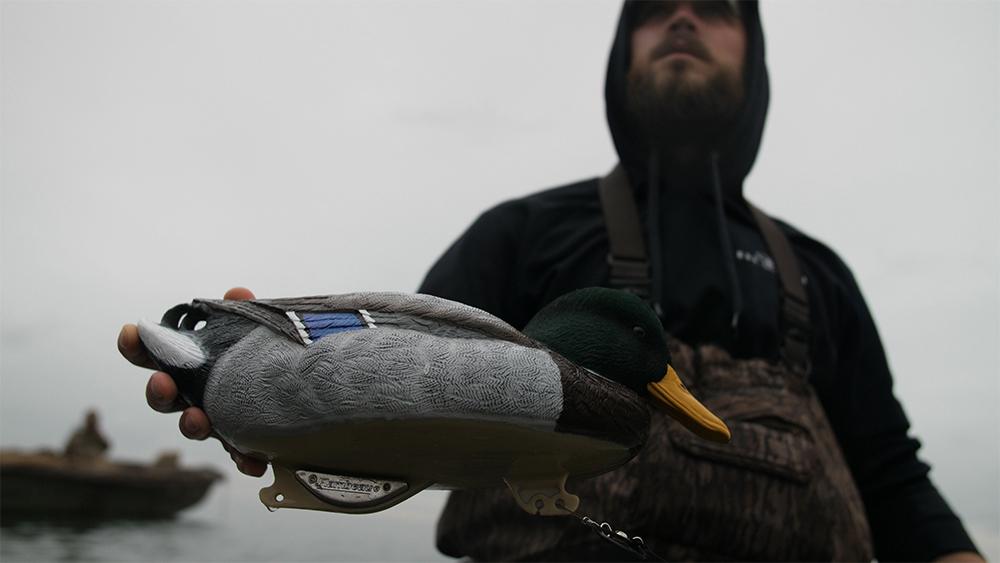by Bret Amundson |
Being prepared and keeping tactics basic can lead to much success on Opening Day of waterfowl season.
You’ve had the day marked on the calendar since the end of the previous waterfowl season. The duck opener is almost here, and while it may not have the prestige it once had because of the various early goose and teal seasons, you can bet that most public hunting waters will be busier than a Wal-Mart parking lot on Black Friday before sunrise that Saturday.
My biggest piece of advice for opening weekend is to scout. Don’t just show up at your favorite slough expecting to shoot a limit by 7:30 that morning. Fill a thermos of coffee, grab your binoculars and start putting on miles. Find out where ducks are roosting and then where they’re going. Find as many spots as you can, so if opening morning arrives and you have another crew camped out on your pond, you can have backup spots to hunt.
Nothing ruins a good hunt like having two decoy spreads too close to one another. That doesn’t mean you can’t hunt the same water, but have respect for the guys who got there first – and don’t show up after shooting light and drive a boat through someone else’s spread either. Certain techniques can give you an advantage over competing decoy spreads.
Once you’ve selected a location, take the time to figure out where the best place is to hide. Check your weather app and check wind direction. If you have waders and can stand in the water, look for good cover in which to stand with the wind at your back.If you’re using a boat, make sure you find a place to hide it if you’re not hunting out of it. It’s also helpful if you can position the sun at your back to make it harder for the ducks to see you and easier for you to see and identify them.

When it comes to decoy placement, you can keep it pretty simple. You don’t need a giant spread in the early part of the season unless you’re competing with other spreads in the area. When hunting puddle ducks, I will leave landing pockets in front of the shooters.If the wind is at your back, set groups of decoys out to the left and right of each pocket. If you’re set up for a crosswind, you can do more of a j-type set, with a line of decoys along the shore then hooking out with a pocket in front. The landing pockets don’t have to be big or in any sort of shape, just natural looking and with enough space to land birds.
For divers, you’ll want to set your main mass with a landing pocket in front of you. Then, starting on the edge of your pocket, string a diver line straight downwind.How far down you go is up to you and will depend on how much room you have. If you’re on a big lake, you can start it further down for more visibility. It also gives ducks a chance to set up before cupping toward your pocket. In light winds, you might have birds land short if you go out too far. Usually early in the season you don’t have to be too precise as birds aren’t as wary as they will be after dodging steel for a few weeks.

To add realism in your decoy presentation, Flambeau has introduced its Gunning Series Decoy, an homage to the rich history of waterfowling that duck hunters so proudly revere, modeled after the heritage of duck carving, and in a design that makes the decoy ride the water like a live duck. The Gunning Series keel design features an anatomically-inspired rounded hull with a low profile, blade keel and stainless steel insert weights for live duck performance in all conditions. Because this decoy does not want to sit still, even in mere inches of water, it provides an extra advantage for those opening day decoy spreads.
Also, this Series also features the patented UVision paint technology for high-definition color scheme that reflects the real UV signature of waterfowl plumage to the eye of live ducks.
Spinners aren’t always necessary, and on some public waters, they may not be legal. Make sure to check your federal, state and local regulations. When used, I like to place spinners in my landing pockets and sometimes slightly off to one side so if ducks key in on them, they aren’t staring straight at the shooters behind them.
We all want to be successful on opening day, and these techniques can give you an advantage over competing decoy spreads. Scout so you know where the birds are and where the hunters aren’t. Strategically place yourself for camouflage and wind while presenting the most realistic decoy placement possible. Increase your advantage by showing live ducks the realism of movement of the Gunning Series keel design and of color through the UVision paint technology. The science gets results. Good luck this season!